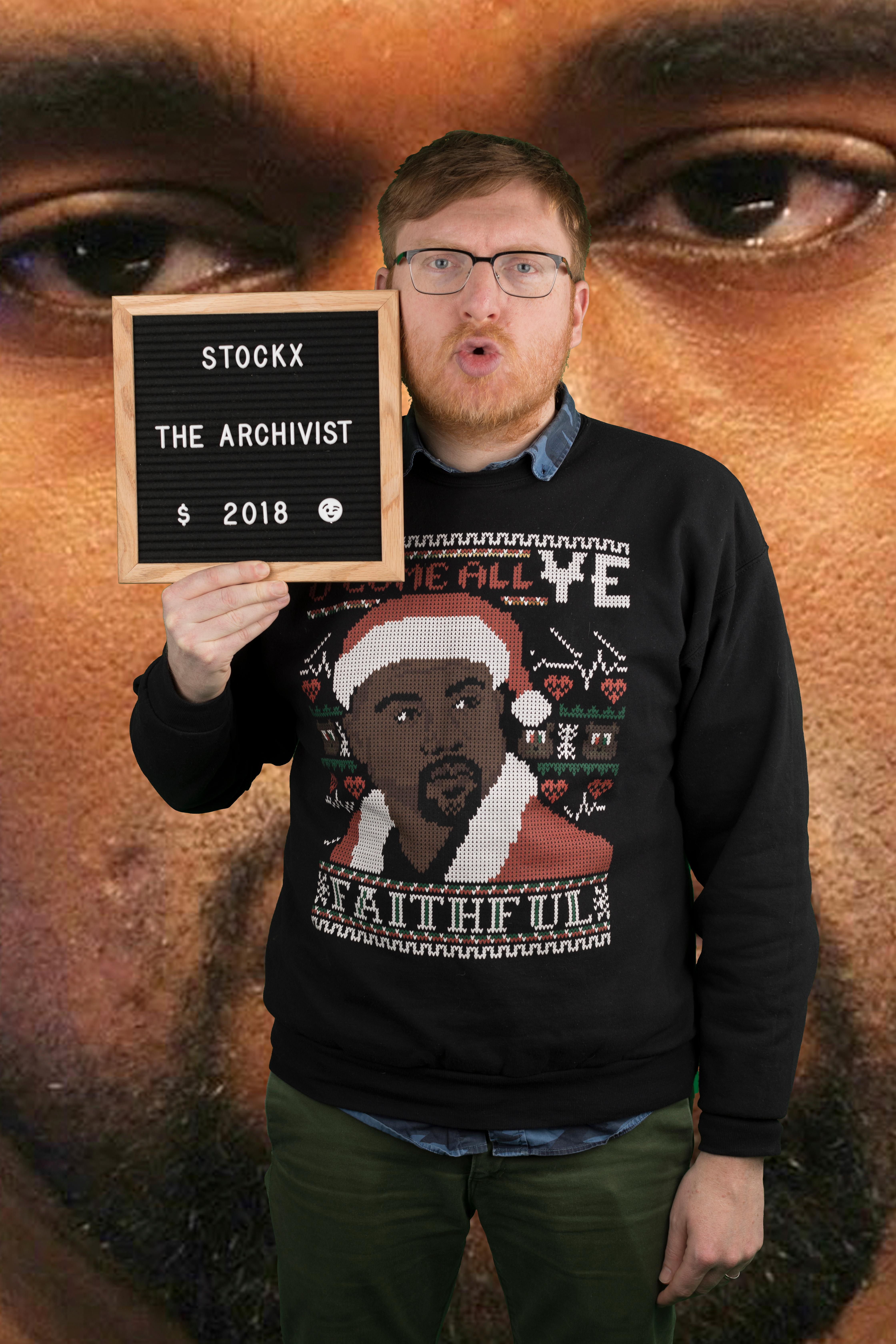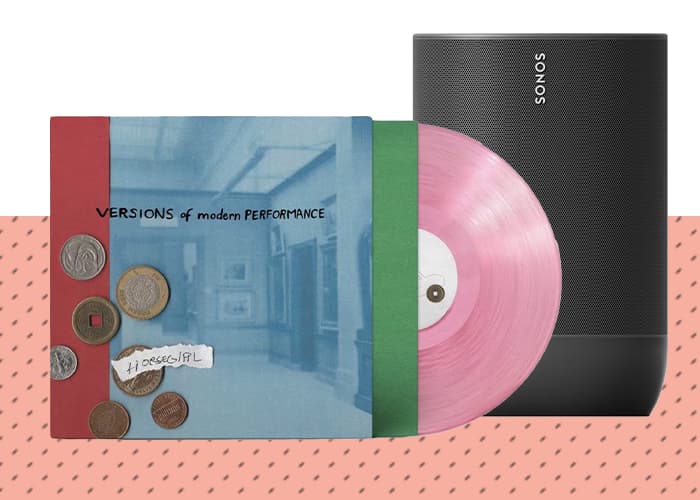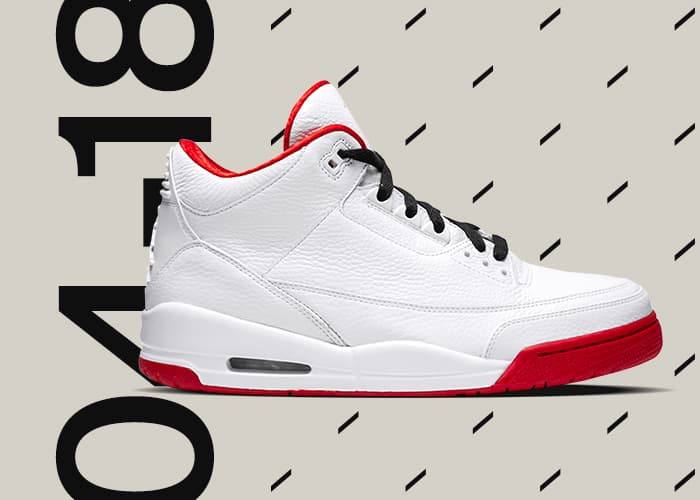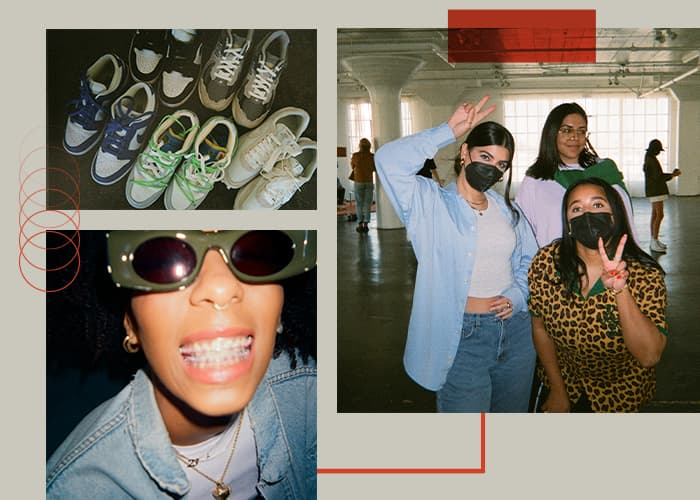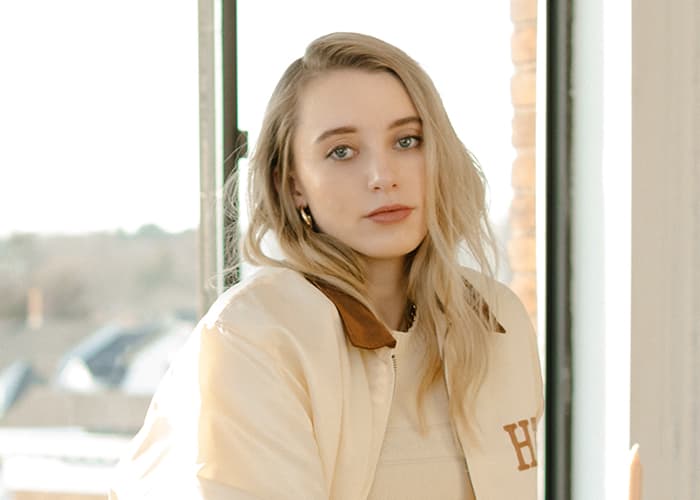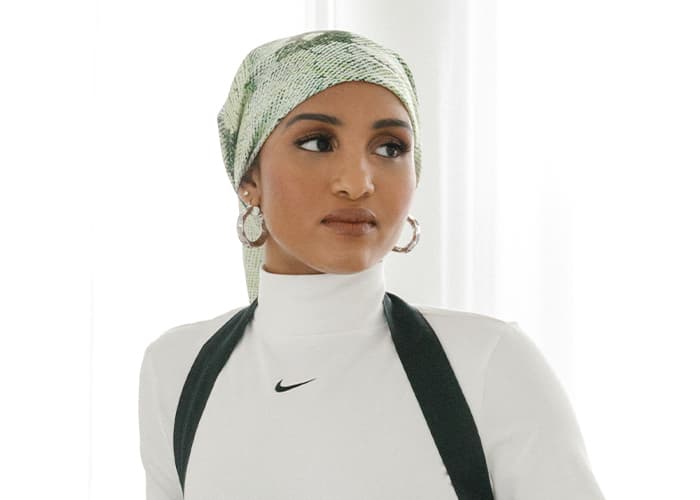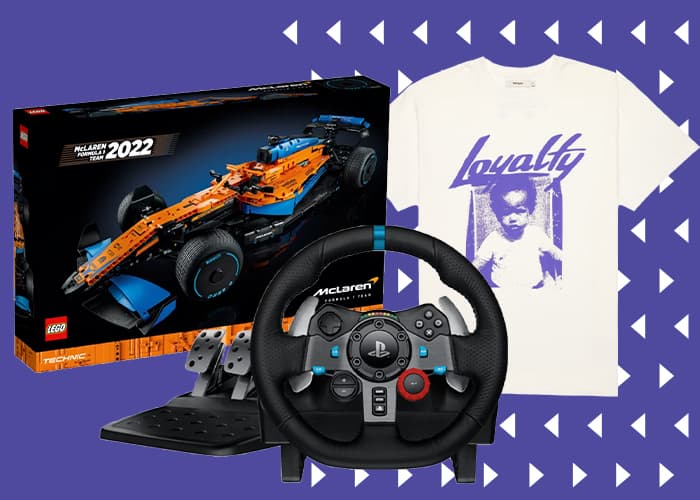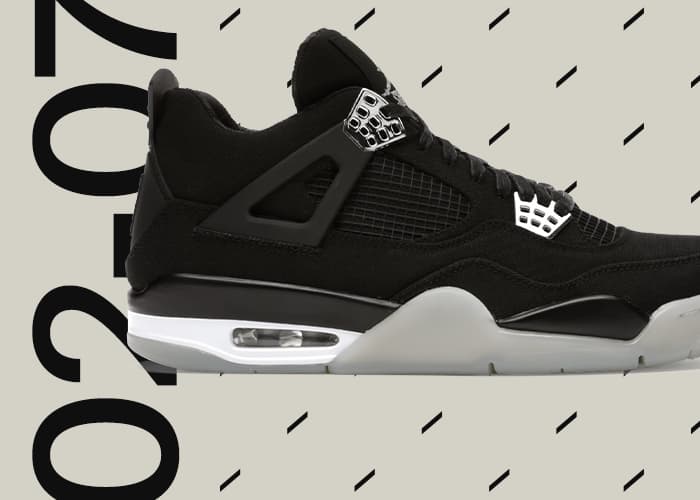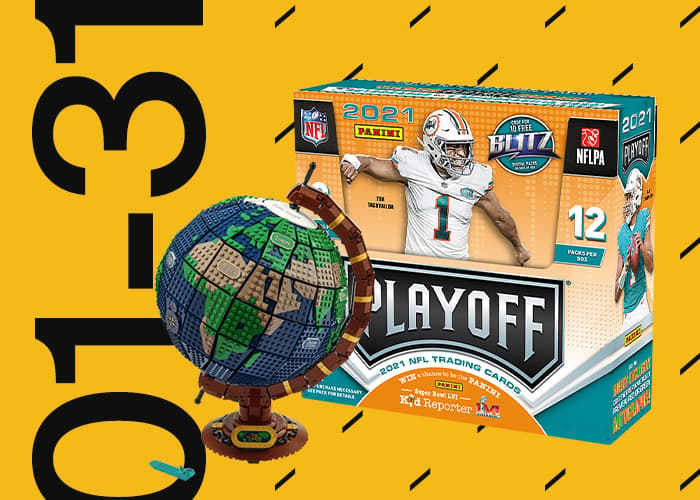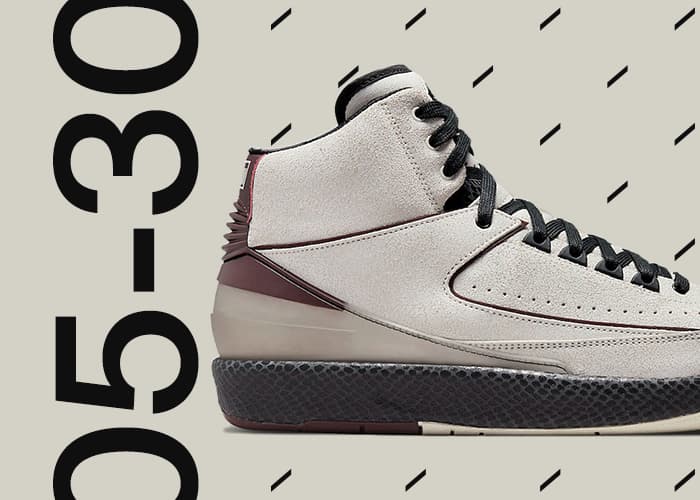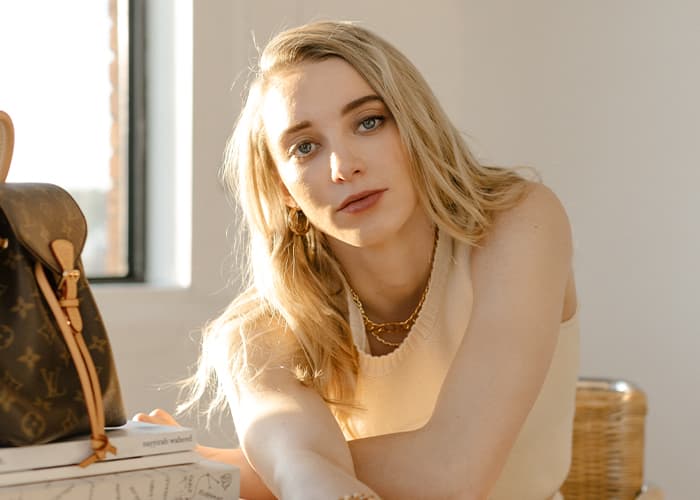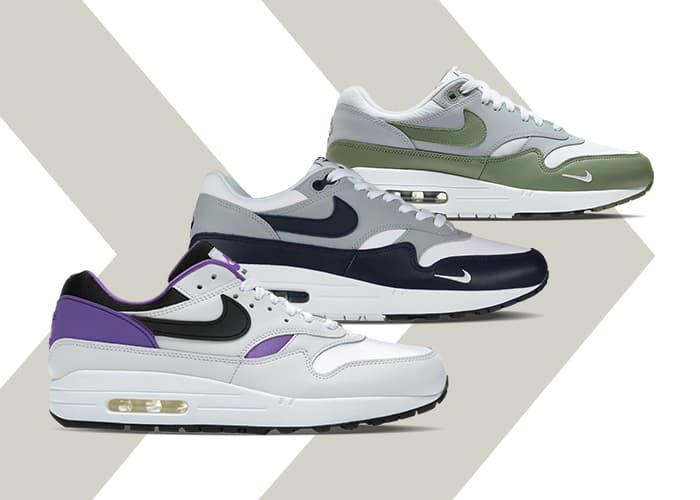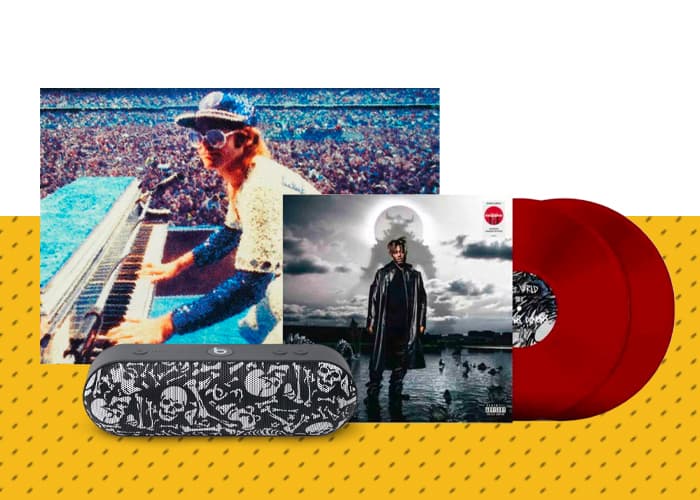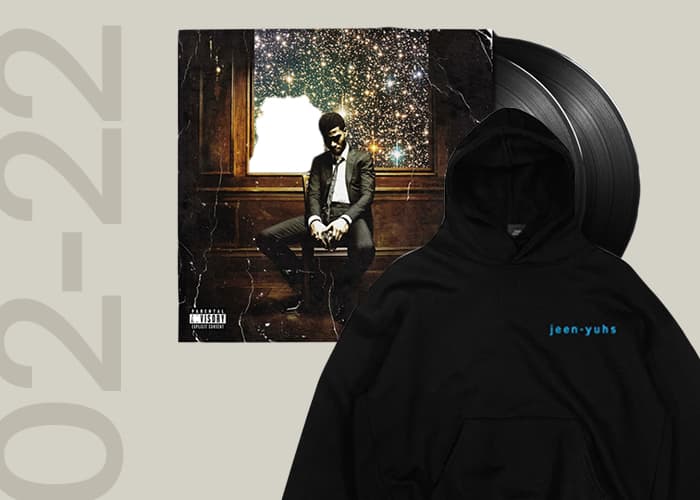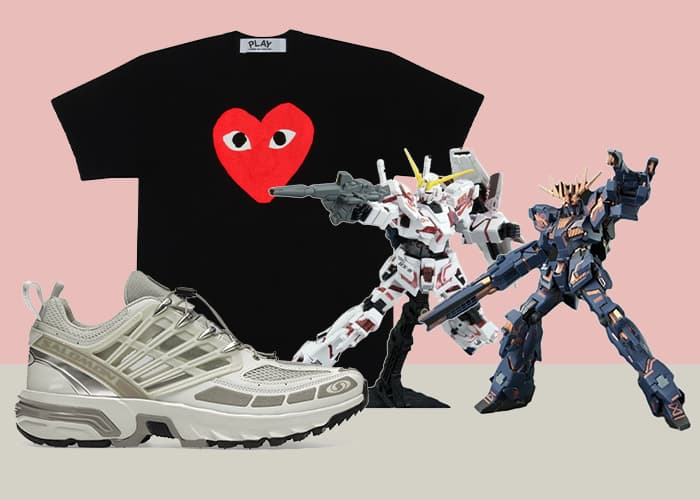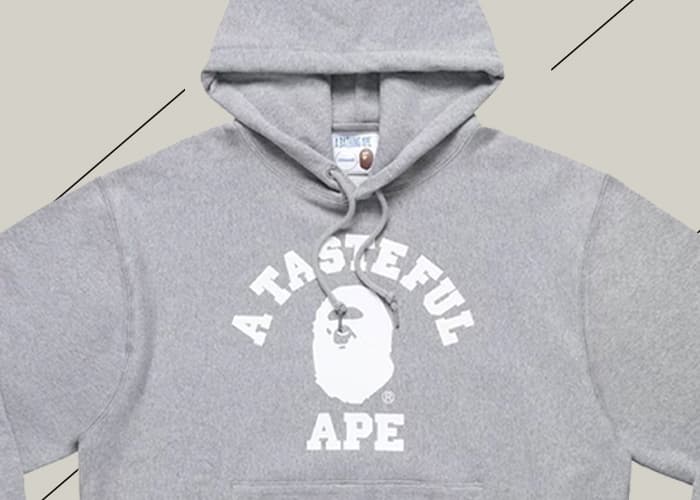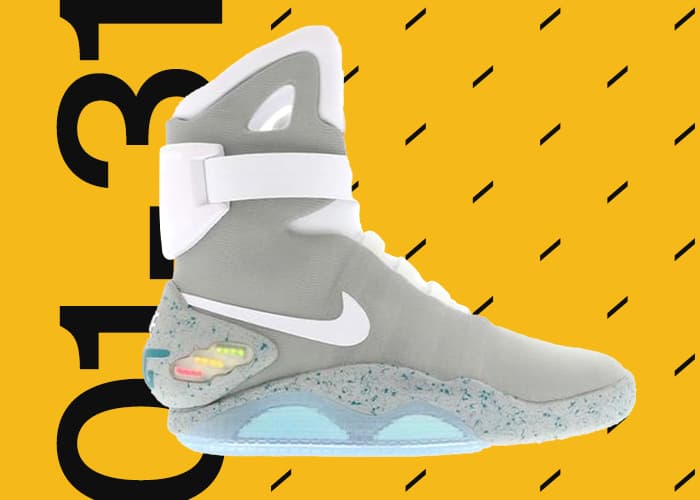
Photography represents a bulwark against the erasure of time and the slippage of memory. The photograph remains a concrete representation of a fleeting moment in time: Memories and meaning degrade, but the image remains. For the many fans of photographer Joe Gall, aka Camera Jesus, and his Instagram account, his work does exactly this.
Since a family trip to the Grand Canyon as a child Joe’s love of photography has focused on capturing the ineffable to preserve and share his experiences. From Joe’s early days photographing BMX riders and shooting concerts, to working with Tony Hawk and Karlie Kloss, his nature photography, and his professional work with adidas global, he has been able to reframe brief flashes of beauty into indelible images of grace.
For the latest edition of “Off the Top,” we connected with Joe to talk about his work, the origins of his nickname, his love of Detroit, and join him for a once-in-a-lifetime helicopter ride.
The following interview has been lightly edited for length and clarity.
StockX: Joe, this is a real pleasure to get to talk with you today. Please let everyone know who you are.
My name is Joe Gall, aka Camera Jesus. I’m a photographer from Detroit.
Where did the Camera Jesus moniker come from, besides the beard and long hair?
That’s basically it [laughs]. A lot of people thought it was an ego thing at first, or they didn’t know me, or they just started following me [on Instagram], and they thought I must be full of myself because I thought I was Jesus. The nickname was actually given to me by concertgoers when I was doing house photography at the Royal Oak Music Theater. There was this same group of people that would always be in the front row for all these rock shows, and they would always call me Jesus with a camera. The name flipped to Camera Jesus, and it became my Instagram handle.
When did photography and photographs first captivate you?
One family trip I took as a kid was a visit to the Grand Canyon, I was appointed the cameraman by my family. So I was the one in charge of holding the camera and taking some of the family photos. When I got to the rim of the Grand Canyon, I was blown away by the beauty and the massiveness of it all. I shot the whole roll of film of the Canyon and didn’t take many of my family. When I got home, I was so excited to get the roll developed. I took the pictures to show my friends how cool the Grand Canyon was, but I realized that there was just no way to show them what I saw. That’s when I realized there has to be some trick to [photography]; you need to know what you’re doing with a camera. From then on I was stuck with it, and I always took that camera with me everywhere I went.
Do you remember what type of camera it was, and do you still have it?
It was just a point and shoot. I don’t have that camera, but I did continue shooting film and I did go to an SLR in high school. I was shooting rolls and rolls of film all through high school.
So how did you go from being a kid enraptured by the possibilities of photography to becoming a professional photographer?
I grew up riding BMX, and I was always the guy with the camera and cameras were kind of an expensive thing, especially when we started getting digital cameras back then. So I always had a good digital camera to capture my crew riding BMX. I ran a BMX blog that was pretty successful for three or four years called Team Young BMX, teamyoungbmx.com; it doesn’t exist anymore. But we had a considerable following, and we ended up getting energy drink sponsors based on how I would write and talk about BMX and show the lifestyle: not just the tricks but the traveling, the moments in between, the parties and after-parties, and the girls.

And this all was based in Detroit?
Yeah, in Detroit.
That’s cool. So what is BMX culture like in Detroit?
We’re losing a lot of ground. I think skateboarding has always been more popular than BMX, and this next generation coming up isn’t as interested in BMX, I believe. I feel like it’s a dying sport, unfortunately. All the print magazines [focused on BMX] are going under.
Can BMX and skateboarding coexist? Is it possible?
Absolutely, but it’s going to be 90% skateboarding. But the skateboarders don’t mind, you know, a lot of BMXers would come and help build DIY spots throughout the city. I’ve donated time to [Detroit’s DIY skatepark] the WIG, or money to their fundraisers because I love seeing the DIY spirit in the city. A group of my friends, we made a BMX dirt track in Brush Park a few years ago. It’s called Brush Park BMX. It’s still there, but we kind of just pulled the plug on it because of the residential development and everything.
Okay, so what was your next move after shooting and writing about BMX?
I got interested in photographing my friends who were in a band. I was shooting a ton of concerts, and I got picked up by Real Detroit Weekly shooting all their covers and shooting tons of concerts for them, too. So that was my media outlet. I could shoot any show I wanted just for them. I shot almost 300 shows in one year.
That’s a crazy schedule. You’re shooting a show almost every night. Do you have a favorite show you shot from that period?
Absolutely. Growing up, I loved bands like Metallica and Guns N’ Roses and bands like that. So eventually getting the actual access to shoot these bands was amazing. Growing up we weren’t allowed even to bring in disposable cameras to the concert! So getting credentials to shoot Metallica here in Detroit, that was one of the coolest things ever. I’ve been at a Metallica concert as a spectator and seeing the guys with full access to shoot the shows. I always thought those guys were living the dream. I always thought that was a job I would love to do. So it was really cool for all of this to come full circle for me.

Were there any shows you shot that the artist surprised you?
I remember being scheduled to photograph Lady Gaga when she was playing the Royal Oak Music Theater. I was just like, here we go. I wasn’t interested in shooting her, but as I was photographing her set, I just thought she was amazing and should be playing huge arenas, not smaller theaters. Her stage show was so crazy. I’ve seen so many shows, and to see the effort that she put in; you knew she was going to be huge. I’d usually get to meet a lot of the artists, and she was so cool. She knew she was on the way up, but she was so cool.
Professionally, what came next after shooting all these shows?
I get a call from my buddy who’s doing creative direction at adidas out of Portland, and he invites me to come on set and do some BTS work for a running campaign video they’re doing. And he wants the whole creative direction to be very skater or very BMX, like what we were doing on our old BMX website. So the entire [shoot] is with a fisheye lens, blurs, motion blurs, and real run-and-gun action. I was hanging out of the back of a pickup trying to get the shots I wanted and get them quick-and-dirty. My stills went from being just BTS to the actual campaign that adidas licensed and used on sides of buses all across the world. A couple of months later, I get a call from a different art director at adidas, and they want to do another running shoe shoot in New York, and they want to fly me out. That opened the door for me, and the ball just kept rolling. I went from doing running shoots to adidas women to adidas training to adidas global. Then I started traveling to Asia; last year, I flew almost 200,000 miles.
Based on your current work, it seems like it would make more sense to live in a larger media market like New York. Have you ever felt that you should relocate to further your career?
There’s been a huge push for me to move to China or that side of the planet. But I think my first move, if I were to go anywhere, would probably be New York. But I go there so often, and it’s such a short flight, it doesn’t make sense for me to move because I love Detroit. This city is where my friends are and this is what I know.

Let’s talk about your creative process now. Would you mind telling me how you approach each shoot?
I always check the weather. Everything I do is based around weather conditions. If it’s going to be overcast, or rain, or sun, I can schedule how I want to shoot around the weather, and it will have a completely different vibe. So that’s the first step. And then location scouting is a huge deal for me because I want to go into the shoot when the talent arrives and know what we’re going to do. The first day for me is a recce where we would go and shoot with stand-ins and try the entire shoot for maybe like 12 hours with all the different lighting conditions from morning till night. With all that work already put in, when the talent gets there, it’s a seamless flow, very professional, and we can get everything done in an hour if we need to.
You’ve shot in a lot of different places. How does geography impact your work? Do different places have a different vibe?
The main difference about shooting here in the States versus other places like China is that you can hire anybody you want very inexpensively to help with production. It’s not my job to do the producing but it’s crazy to walk on set in China and have an umbrella holder and a coffee person. And that’s their only job. Sometimes it’s very dramatic. Instead of renting a sandbag, you have someone who is the sandbag. I walk on set, and there’s like 45 people for a still shoot, which is mind-blowing to me. Over here [in the US] it’s more like: let’s see what we can do with five people.
Do you have a favorite place where you’ve worked?
It’s tough for me to choose a favorite place. I always think the last place I was was my favorite place. I absorb the positive parts of the experience, and I’m always looking forward to the next place. For example, I was just in Nicaragua on a shoot, and that could have been the best trip. But then I think about when I was in New Zealand and how much stuff was there, and maybe that was the best trip. I end up picking out moments from every trip.
What about shooting for yourself? Are you able to go out and shoot between professional gigs?
Unfortunately, most of my paid work isn’t in Detroit so I’m on the road a lot. But when I come home I get to do all my projects. One of my goals is to work with National Geographic. During my downtime in Michigan, I’m always photographing the beauty of our state, the city, and the wildlife. It’s awesome practice for that ultimate goal.
What’s your most memorable personal shoot?
I’ve had some unique opportunities, probably from having an Instagram following. For example, I was able to shoot the last Detroit Red Wings game at Joe Louis Arena. They brought me in to shoot the “flavor” as they call it. So it’s not just shooting the game, but the locker room, the fans, just trying to capture the energy of everything. They gave me full access and said, “Just go do you.”
For me, some of your most memorable shots are of the ice surfers. How did that opportunity come together?
Again, Instagram is a really powerful tool for inspiration and collaboration. I noticed this one guy from the Marquette area posted a photo of himself with a completely iced-up beard. I saw this picture as the dedication of somebody to their passion who doesn’t get to surf in warmer climates. I’m also a Michigan surfer so I know the struggle every year, and seeing the growing popularity of coldwater Lake Michigan surfing or Lake Superior surfing is something with which I want to be involved.
So I reached out to him. I think he had a lot of people reaching out to him, so he didn’t know who to trust. But the other guy surfing with him was somebody I had photographed for an in-studio shoot in Detroit a few years prior. So he put in a good word for me and we ended up meeting. I gained their trust and now I’m one of the few people they trust to call to photograph them.

It sounds like trust is an essential ingredient in your personal projects. How does trust play into your brand work?
All my work, whether working in the music industry or working with higher-end celebrities, you learn to respect everyone’s privacy. You never want to exploit anybody or make anybody look some way they don’t want to. I apply that attitude to everyone I work with, not just celebrities.
Who are your influences? Who have you looked to for help developing your craft?
Some of the first people I started following are the National Geographic photographers. They have so much experience and drive to go out in the harsh conditions to get shots. I know they have money to back them up to get them to where they want to shoot, but it’s not an easy job to do. One of the guys I’m looking forward to working with is on his way to Mount Everest right now, and he’s preparing by saying goodbye to his wife and his dog in case he doesn’t come back. You never know. You’re putting yourself out there to get these shots to show what our planet is all about.
Who do you call to talk about photography?
Jeremy Deputat, Eminem’s photographer, he’s been really helpful as I’ve been building my career. He had me be the second photographer shooting concerts and helping him work with Eminem. He’s opened a lot of doors for me. Being able to see how another photographer worked at such a high professional level helped me. I could call him at any moment and ask him anything.
I want to switch gears here: how is your work representative of Detroit?
One of the greatest things about traveling all over the world is that everyone asks where you’re from. And I get to say I’m from Detroit, and that always gets follow-up questions. They want to know so much about the city, and by the end of our conversation, they want to visit Detroit. So I think I’m an ambassador while I travel, spreading the word about our city and how much good is coming from here.

Besides working for National Geographic, what does success look like for you?
[Laughs] Just being able to provide for my family and do something I love. Picking up the camera and creating and fulfilling my vision has been a great experience. It’s been a struggle, too; it’s really hard. It’s a very competitive field and saturated. To all the photographers coming up in the business, you can’t give up; you always have to be going out the next day. Just keep shooting.
What do you mean by the field being “saturated?”
Everyone has a phone in their pocket; everyone has a camera in their pocket; they make your pictures look pretty good [laughs].
Any projects coming up that you can talk about?
There’s not a lot I can say about certain things at the moment . . .
Other than you’ll be busy . . .
I’m directing myself more into the automotive industry. But not in the sense of a perfectly lit, sheet metal studio photography. I want to keep it raw and authentic, like what people are used to seeing on my Instagram. I think photos shouldn’t look so perfect, like an ad. I think most people are more drawn to things that are a little rawer. That’s what I’m trying to more with companies like Jeep and Ford.
So you’re bringing a street aesthetic to these companies?
I think [car companies and big brands are] finding way more value in using somebody like me. Before hiring me, they would traditionally go through an agency and spend hundreds of thousands of dollars. If you gave me the car for the week I would come back and give you a year’s worth of content.
Where do you see yourself in another 10 years? What do you hope to be doing?
I’ll always be shooting photos because photos are timeless art. They’re never going away. I want to be more invested in the city I love. I’m planning on buying real estate here. The plan is to invest in helping the community and hopefully create a legacy I can leave behind.



